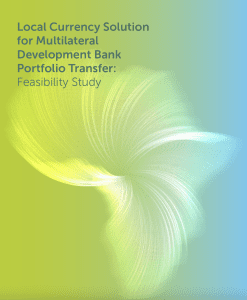Nigeria is at a critical juncture in its development trajectory, faced with several overlapping and in some cases conflicting challenges: mitigating emissions; adapting to the immediate and inevitable effects of climate change; addressing widespread energy poverty; coping with high debt exposure, and adjusting to a rapidly expanding population fueling mass urbanization. All of this is set in the context of a country that derives 80% of its foreign exchange earnings from oil and gas. Which development path Nigeria can feasibly take – business-as-usual or sustainable development – will depend on the availability of climate finance moving forward.
Since designing its National Climate Change Policy and Response Strategy in 2012, Nigeria has established a rich policy landscape dedicated to planning for and responding to, climate change. With greenhouse gas emissions rising continually since 2009, Nigeria needs to ensure prospective growth follows a low-emissions development pathway, preventing carbon lock-in as the country undergoes further industrialisation and urbanisation. At the same time, Nigeria is already highly vulnerable to the impacts of climate change with key risks including but not limited to agriculture & food security, floods & droughts; water stress; and ecosystem stress. The key purpose of this case study is to inform and facilitate discussions among policymakers and public and private financiers, identifying gaps and opportunities for increasing both the quantity and quality of climate finance in Nigeria.



